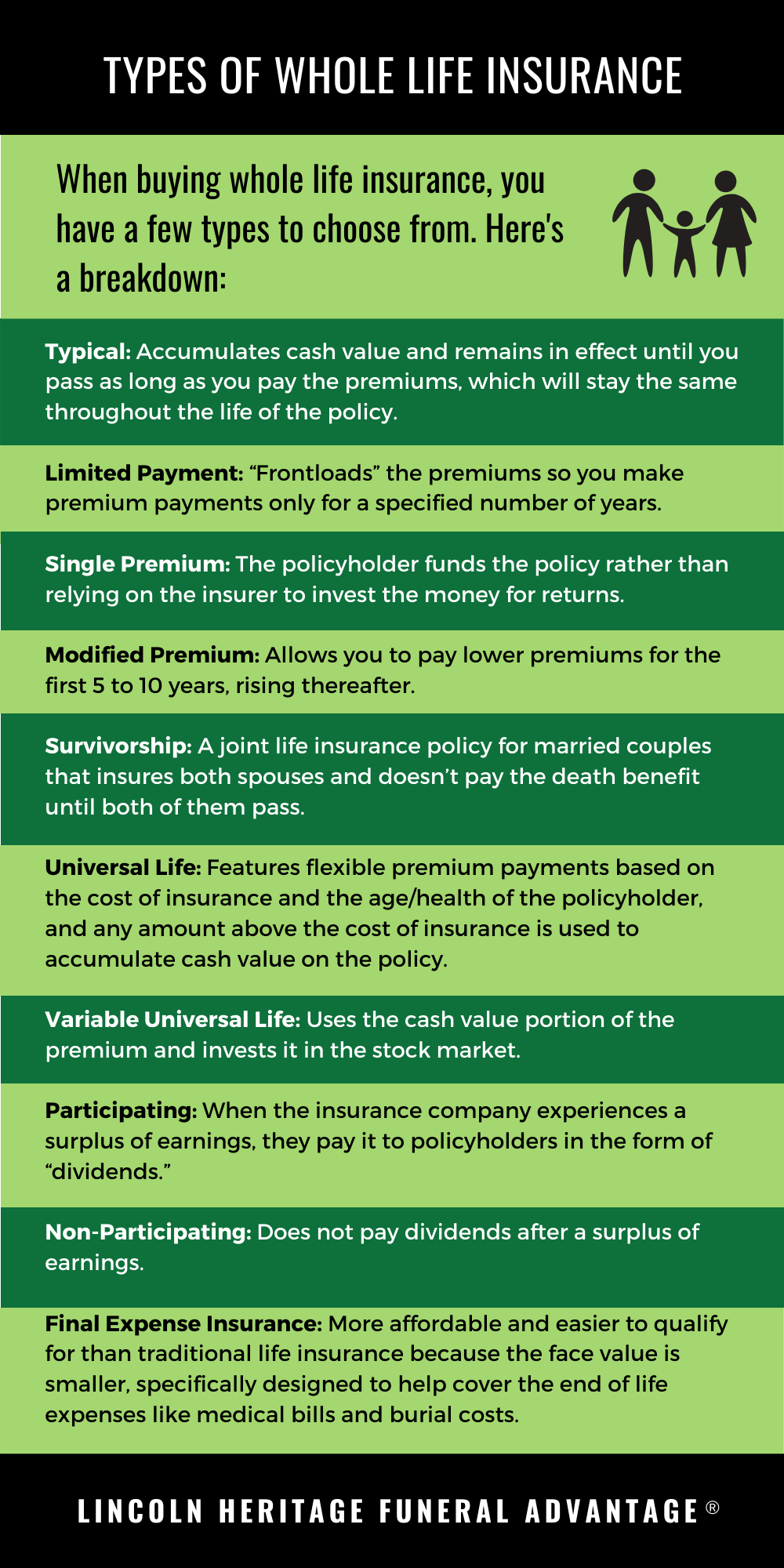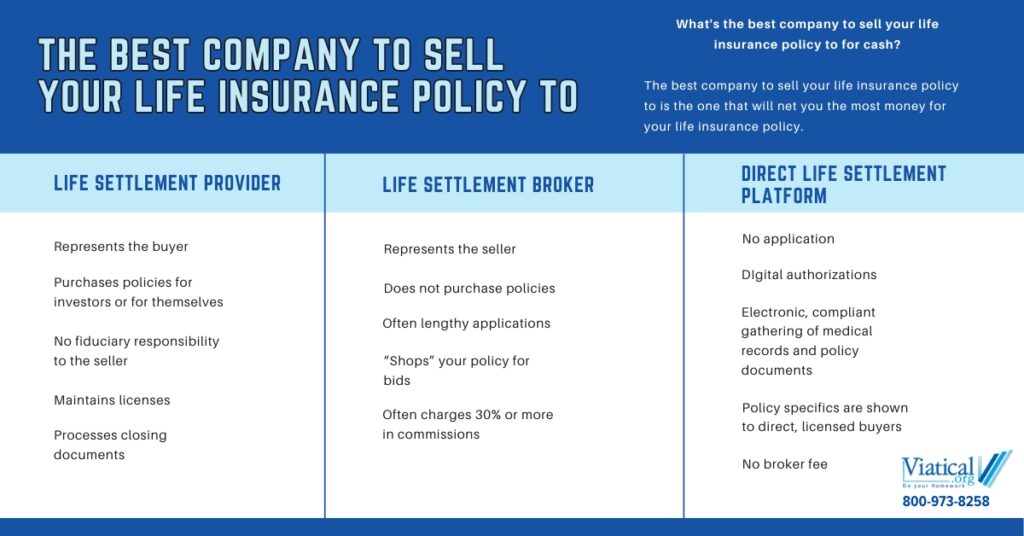Representing Yourself in a Car Accident
Dealing with a car accident is a huge hassle, and it can be very tempting to try and handle everything yourself. After all, why pay a lawyer when you can do it yourself? However, there are a lot of potential pitfalls to representing yourself in a car accident case. If you’re not careful, you could end up losing your case or getting a much smaller settlement than you deserve.
Here are some of the many benefits of hiring a car accident lawyer:
- They can help you investigate the accident and gather evidence.
- They can deal with the insurance companies for you.
- They can negotiate a settlement on your behalf.
- They can represent you in court if necessary.
Of course, hiring a lawyer will cost you money. However, in most cases, the amount you recover from the insurance company will more than cover the cost of hiring a lawyer.
Steps to Represent Yourself in a Car Accident
If you’ve decided to represent yourself in a car accident case, there are a few steps you should follow:
- Gather evidence. This includes getting a copy of the police report, taking pictures of the accident scene, and getting witness statements.
- Determine fault. This can be a complex process, and you may need to consult with an expert to help you.
- Calculate your damages. This includes both economic damages (such as medical bills and lost wages) and non-economic damages (such as pain and suffering).
- Negotiate with the insurance company. This can be a difficult process, and you may need to be prepared to go to court if you can’t reach a settlement.
- File a lawsuit. This is a last resort, but it may be necessary if you can’t reach a settlement with the insurance company.
Representing yourself in a car accident can be challenging, but it’s possible to get a fair settlement if you’re prepared and you follow the steps outlined above.
How to Represent Yourself in a Car Accident
If you find yourself in the unfortunate situation of being involved in a car accident, you may be wondering what steps you need to take to protect your rights. One option is to represent yourself in the legal process. While this can be a daunting task, it is possible to do it successfully if you are prepared and organized. Here are some tips on how to represent yourself in a car accident.
Gather Information
Begin by collecting all relevant documents, including police reports, insurance information, and medical records. These documents will provide you with important information about the accident, such as who was at fault, what injuries were sustained, and what damages were caused. You should also take photos of the accident scene and any visible injuries.
Negotiate with the Insurance Company
Once you have gathered all of the necessary information, you can begin negotiating with the insurance company. The insurance company will likely offer you a settlement, which is a payment of money to compensate you for your injuries and damages. You do not have to accept the first offer that the insurance company makes. You can negotiate for a higher settlement if you believe that the offer is not fair.
File a Lawsuit
If you are unable to reach a settlement with the insurance company, you may need to file a lawsuit. This is a legal action that you can take to recover damages for your injuries and losses. Filing a lawsuit can be a complex and time-consuming process, so it is important to weigh the pros and cons carefully before making a decision.
How to Represent Yourself in a Car Accident
If you’re involved in a car accident, knowing how to represent yourself can help you protect your rights and get the compensation you deserve. Here’s a guide to help you navigate the legal process:
Determine Liability
Figuring out who’s to blame for the accident is crucial. Gather evidence like police reports, witness statements, and photos of the scene. Don’t rely solely on your own account; seek witness perspectives to get a more comprehensive view. Liability can be tricky, but by collecting solid evidence, you’ll have a better chance of proving your case.
Document Your Damages
Keep a thorough record of all expenses related to the accident, including medical bills, property damage, and lost wages. These documents will serve as evidence to support your claim for compensation. Don’t hesitate to seek medical attention even for minor injuries, as they could worsen over time.
Negotiate with the Insurance Company
The insurance companies of both parties will likely try to settle out of court. While it’s possible to do this on your own, it’s wise to seek legal advice before signing anything. Insurance companies are notorious for lowballing offers, and an attorney can ensure you get a fair deal. If negotiations fail, you may need to file a lawsuit.
File a Lawsuit
If negotiations fail, you can file a lawsuit to pursue compensation. It’s essential to file within the statute of limitations, which varies by state. Gather all relevant documents, including evidence of liability, damages, and medical records. The court process can be complex, so consider hiring an attorney to guide you through the steps.
Stay Organized and Persistent
Throughout the process, it’s crucial to stay organized and keep track of all documents, appointments, and deadlines. Don’t get discouraged if the case takes time to resolve. Stay persistent and keep advocating for your rights. Remember, you’re not alone in this. By representing yourself, you’re taking control of your situation and ensuring that you get the justice you deserve.
How to Represent Yourself in a Car Accident
Being involved in a car accident can be a stressful and confusing experience. If you’re injured, it’s important to seek medical attention as soon as possible. Once you’ve taken care of your health, you may need to consider representing yourself in a car accident claim. Here’s a step-by-step guide to help you get started.
After a car accident, you’re likely to be feeling shaken up and disoriented. It’s important to stay calm and collected so that you can make the best decisions for yourself and your family. Here are a few tips:
- Pull over to the side of the road if possible.
- Check yourself and your passengers for injuries.
- Call 911 if anyone is injured.
- Exchange information with the other driver(s) involved.
- Take pictures of the accident scene.
- Get a copy of the police report.
Negotiate with Insurance Companies
Once you’ve gathered all of the necessary information, you can start negotiating with the insurance companies. This can be a daunting task, but it’s important to remember that you’re not alone. There are many resources available to help you, including lawyers, insurance agents, and consumer protection agencies.
When negotiating with insurance companies, it’s important to be prepared. You should have a clear understanding of your injuries and damages, as well as the value of your claim. You should also be prepared to provide documentation to support your claim, such as medical records, repair bills, and lost wages.
Negotiating with insurance companies can be a long and difficult process, but it’s important to be patient and persistent. If you’re not able to reach a settlement on your own, you may need to consider hiring an attorney to represent you.
Gather Evidence
One of the most important things you can do after a car accident is to gather evidence. This evidence will help you support your claim and get you the compensation you deserve.
Some of the most important types of evidence to gather include:
- The police report
- Medical records
- Repair bills
- Lost wages
- Photos of the accident scene
- Witness statements
File a Claim
Once you’ve gathered all of the necessary evidence, you can file a claim with the insurance companies. You can do this by calling the insurance companies directly or by hiring an attorney to do it for you.
When filing a claim, you will need to provide the insurance companies with the following information:
- Your name and contact information
- The date and location of the accident
- The names and contact information of the other driver(s) involved
- The make, model, and year of your vehicle
- The extent of your injuries
- The amount of damages to your vehicle
Go to Court
If you’re unable to reach a settlement with the insurance companies, you may need to go to court. This can be a daunting experience, but it’s important to remember that you have the right to seek compensation for your injuries and damages.
If you’re going to court, you will need to hire an attorney to represent you. An attorney can help you file a lawsuit, gather evidence, and prepare for trial.
How to Represent Yourself in a Car Accident
In the aftermath of a car accident, the last thing you want to deal with is the headache of legal proceedings. But if the other driver is disputing liability or the insurance companies can’t agree on a settlement, you may have no choice but to represent yourself in court. Here’s a step-by-step guide to help you navigate the legal process and get the compensation you deserve.
Gather Evidence
After an accident, the most important thing is to gather as much evidence as possible. This includes taking photos of the damage, getting witness statements, and obtaining a copy of the police report. If you have any injuries, be sure to get medical attention and document your symptoms.
File a Complaint
If negotiations with the other driver’s insurance company fail, you may need to file a lawsuit in small claims court. This is a relatively simple process, and you can represent yourself without an attorney.
To file a complaint, you will need to:
- Draft a complaint that outlines your claim and the damages you are seeking.
- File the complaint with the court clerk.
- Serve the complaint on the other driver.
Discovery
Once you have filed a complaint, the discovery process begins. This is where both sides exchange information and documents related to the case. Discovery can include:
- Interrogatories (written questions that must be answered under oath)
- Requests for production of documents
- Depositions (sworn testimony given by witnesses)
Trial
If you cannot reach a settlement during the discovery process, your case will go to trial. At trial, you will have the opportunity to present your evidence and argue your case to a judge or jury.
Appeal
If you are not satisfied with the outcome of your trial, you may have the right to appeal. However, appeals are complex and expensive, so it is important to carefully consider your options before filing an appeal.
Additional Tips for Representing Yourself
- Be prepared. The more prepared you are, the more confident you will be in court. This means being familiar with the law, the evidence in your case, and the court procedures.
- Be organized. Keep all of your documents and evidence in order, and make sure you can easily find what you need.
- Be professional. Dress appropriately and be respectful to the court and the other parties involved in the case.
- Be patient. The legal process can be slow and frustrating, but it is important to be patient and persistent.
How to Represent Yourself in a Car Accident
Car accidents are stressful and overwhelming, but representing yourself in court doesn’t have to be. With careful preparation and a strategic approach, you can effectively present your case and get the justice you deserve.
Gather Evidence
Organize your medical records, police reports, witness statements, and any other relevant documents. Make copies of everything and keep them organized in a binder or folder. Photos of the accident scene and any visible injuries can also strengthen your case.
Identify Damages
Determine the extent of your losses, both economic and non-economic. Economic damages include medical bills, lost wages, and property damage. Non-economic damages compensate for pain and suffering, emotional distress, and loss of enjoyment of life.
Prepare Your Arguments
Develop a clear and concise argument outlining your side of the story. Explain how the other driver was negligent and how their actions directly caused your injuries. Use evidence to support your claims and anticipate any potential arguments from the other side.
Organize Your Evidence
Create a logical order for presenting your evidence. Start with the most impactful pieces and gradually build your case. Use exhibits to visually support your arguments and make them more persuasive.
Practice, Practice, Practice
Rehearse your presentation multiple times until you can deliver it confidently. Time yourself to ensure you stay within the allotted time in court. Get feedback from friends, family, or a legal professional to refine your arguments and delivery.
Present Your Case
In court, maintain a professional demeanor and speak clearly and succinctly. Present your evidence in a logical order and explain how it supports your case. Be prepared to answer questions from the judge or jury and respond respectfully to any objections from the other side.
## How to Represent Yourself in a Car Accident
If you’ve been in a car accident, you may be wondering what your next steps are. One option is to represent yourself in court. This can be a daunting task, but it’s possible – especially if you’re prepared.
Gathering Evidence
Your primary piece of evidence is the police report, which should include details about the accident, such as the date, time, location, and the names of those involved. Additionally, you’ll need to collect medical records, witness statements, and photos of the accident scene and damage to your vehicle.
Filing a Claim
Once you have gathered your evidence, you need to file a claim with the insurance company of the at-fault driver. The claim should include a detailed description of the accident, as well as your injuries and damages. You will also need to provide copies of your evidence.
Negotiating a Settlement
Once you have filed a claim, the insurance company will likely contact you to negotiate a settlement. A settlement is an agreement between you and the insurance company to resolve your claim for a specific amount of money. If you are able to reach a settlement, you will sign a release form and the case will be closed.
Preparing for Trial
If you are unable to reach a settlement, you may need to prepare for trial. This involves gathering additional evidence, such as expert testimony, and preparing your witnesses. You will also need to file a complaint with the court and serve the other party with a summons.
Settlement or Verdict
If you go to trial, the jury will listen to the evidence and decide whether you are entitled to compensation. If you win, the jury will award you damages, which may include compensation for your injuries, pain and suffering, lost wages, and property damage.
Appealing a Verdict
If you are not satisfied with the verdict, you may be able to appeal the decision. An appeal is a request to a higher court to review the lower court’s decision. The appellate court will review the record of the trial and decide whether the lower court made any errors.
Tips for Representing Yourself
Here are a few tips for representing yourself in a car accident case:
- Be prepared. The more prepared you are, the better your chances of success.
- Know the law. You don’t need to be a lawyer, but you should have a basic understanding of the laws that apply to car accidents in your state.
- Be organized. Keep track of your evidence and other important documents.
- Be patient. Representing yourself can be time-consuming. Don’t get discouraged if you don’t get results immediately.
- Don’t be afraid to ask for help. There are many resources available to help you represent yourself, including self-help books, websites, and legal aid organizations.




Leave a Reply